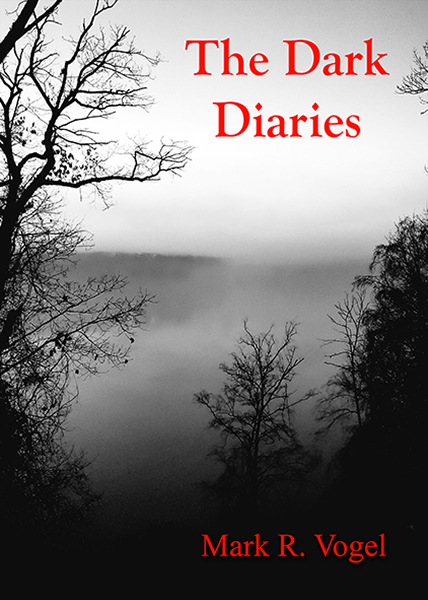“He who makes a beast of himself gets rid of the pain of being a man” –Samuel Johnson
If you had to be either a mushroom or nothing, which would you choose? This is what famed Japanese director Ishirô Honda asks his audience by the climax of Matango. Granted, a work retitled “Attack of the Mushroom People” might appear to be prime fodder for a crazed, B-movie disaster, but Honda usurps expectations and creates a scathing examination upon interpersonal relationships as he simultaneously posits a criticism of post-war Japan with what is perhaps the least likeliest of antagonists.
Seven individuals aboard a yacht–the vessel’s owner, Fumio Kasai (Yoshio Tsuchiya); the skipper, Naoyuki Sakeda (Hiroshi Koizumi); a writer, Etsuro Yoshida (Hiroshi Tachikawa); a singer, Mami Sekiguchi (Kumi Mizuno); a psychology professor, Kenji Murai (Akira Kubo); a university clerk, Akiko Soma (Miki Yashiro); and a sailor, Senzo Koyama (Kenji Sahara)–find themselves stranded upon a tropical island which is haunted by a vague, ominous presence as individual hostilities further obscure the group’s efforts of returning home.
Matango is a fairly loosely based adaptation of a short story published in 1907 titled “The Voice in the Night” by British writer William Hope Hodgson. Immediately, when it is disclosed that Hodgson’s tale involves a very Lovecraftian theme of fungi overtaking humanity yet, understandably, makes no mention of radiation, we begin to realize that Honda’s vision is perhaps more than just the some of its flippant title.
It is the director’s implementation of the theme of radiation and its effects that Honda takes his over-the-topic antagonist–mushrooms–and creates a vehement, and very nihilistic (yet logistically honest), assessment of post-war Japan. Cunningly, Honda is never heavy-handed with material which, in lesser hands, would be fodder for didactic cinema. Instead, an air of imminent apocalypse succinctly and sadly closes the framed narrative only after it is discreetly revealed that a derelict ship found upon the island was there with the agenda of charting the island’s radiation levels. It is due to this facet of the work that it was almost banned in its native country due to it pervasive theme being perhaps a bit too realistic as it undoubtedly struck a cord after having successfully tapped into the culture’s wearied subconscious anxieties. This does not mean to imply that Matango’s effectiveness is merely limited to the land or time in which it was made. Honda’s presentation of the metaphysical dilemma of having to either choose death via starvation or becoming inhuman makes the production resoundingly frightful for audiences of all nationalities.
Aside from its daunting premises, Honda nevertheless compounds the tension of the film’s themes by, not only restraining his titular antagonists until the last sixth of his feature and only providing shadows, fleeting half-glimpses, and teasers of what’s to come, but–in so doing–permits a segue for criticism of human distrust, interpersonal frailty, and hubris to be examined as the crux of Matango focuses upon the stresses within the camp.
An interesting component of the production is Honda’s issuing seven characters trapped on a tropical island, each archetype paralleling those which would later be seen in the popular American television program, “Gilligan’s Island.” Though the latter would premier a year after Matango’s release, the possibility nonetheless exists–as it does with the American sitcom–that the coincidental number of individuals stranded are anything but in that they can easily be read as representative of the Seven Deadly Sins.
However, Matango is not without its flaws. Though we are witness to a handful of people stuck upon a steamy, tropical land, the individuals barely sweat in lieu of–not only the temperature–but a trek through a forest. Also, the zany nature of the mere mention of “mushroom people” is unfortunately paralleled by the truly B-movie makeup once the titular creatures finally make their appearance in broad daylight. Lastly, and–admittedly, such is perhaps a logistic stretch considering the filmmaker’s agendas–the ambiguity of whether or not the island’s creatures truly exist or is the mere consequence of the lost crew’s fatigue, stress, and pain–to say nothing of the possible ramifications of their consumption of foreign fungi–is readily addressed before the film’s end.
Frank Zappa forewarns us not to eat yellow snow just as Ishirô Honda tells us not to consume alien mushrooms. Matango, a should-have-been demented, acid-laden rendition of “Gilligan’s Island,” surmounts is initial scenes which anticipate that the film’s title aptly represents its contents as grossly obvious miniatures waver on the high seas before campy special effects follow shortly thereafter. Luckily, Honda’s masterful narrative capabilities quickly supplement for the feature’s weak opening as the motifs of the all-too-extensive effects of radiation, humanity’s strife with itself, and a less-than-hopeful ontological meditation are addressed amid a very impressive control and depiction of what is perhaps the most implausibly fear-inducing villain since John Wyndham’s The Day of the Triffids.
-Egregious Gurnow
- Interview with J.R. Bookwalter - January 22, 2015
- Interview with Andrew J. Rausch - January 22, 2015
- Interview with Rick Popko and Dan West - January 22, 2015
- Interview with Director Stevan Mena (Malevolence) - January 22, 2015
- Interview with Screenwriter Jeffery Reddick (Day of the Dead 2007) - January 22, 2015
- Teleconference interview with Mick Garris (Masters of Horror) - January 22, 2015
- A Day at the Morgue with Corri English (Unrest) - January 22, 2015
- Interview with Writer/Director Nacho Cerda (The Abandoned, Aftermath) - January 22, 2015
- Interview with Actress Thora Birch (Dark Corners, The Hole, American Beauty) - January 22, 2015
- Interview with Actor Jason Behr, Plus Skinwalkers Press Coverage - January 22, 2015


